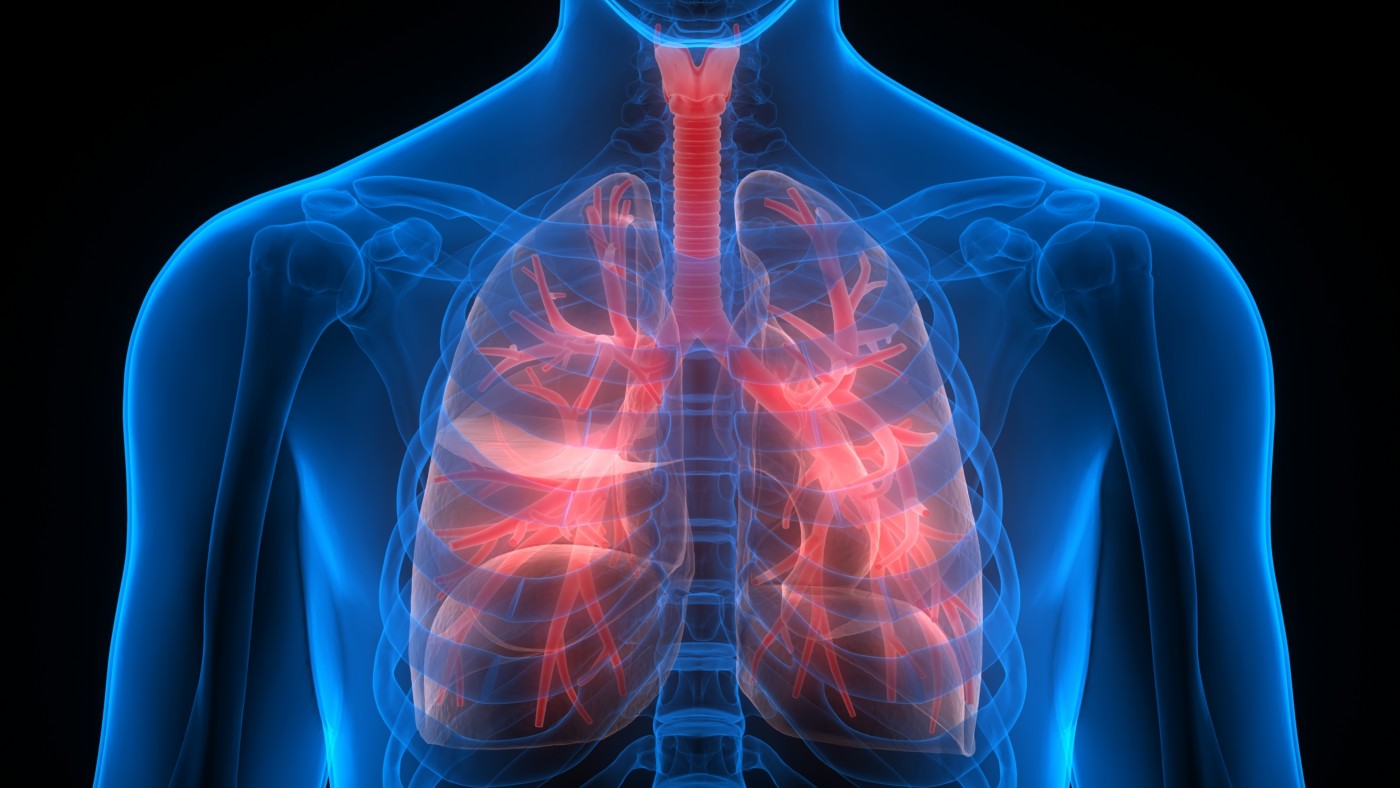Respiratory Muscle Strength in ALS May Be Used for Survival Predictions

Measures of respiratory muscle strength among patients with amyotrophic lateral sclerosis (ALS) can predict survival, both with and without the need for mechanical ventilation.
Studies in which solid objective measures of disease prognosis are still scarce. But, serving as markers of prognosis, these measurements may aid in the development of new treatments.
The study, “Respiratory Muscle Strength as a Predictive Biomarker for Survival in Amyotrophic Lateral Sclerosis,” was published in the journal American Journal of Respiratory and Critical Care Medicine.
Researchers from the Royal Brompton and Harefield NHS Foundation Trust and Imperial College London in the U.K. compared invasive and noninvasive methods for measuring muscle strength of the breathing muscles in 78 patients with ALS.
The patients had been part of a previously published study, in which researchers had measured respiratory muscle strength. Looking at how the various measurements were linked to survival and ventilation-free survival, the team noted that each muscle strength assessment could predict survival individually.
Analyzing all the measurements in a single analysis, the research team could identify the measures that were linked most strongly to survival without the need for mechanical ventilation. Three types of invasive and one noninvasive method were among the measurements that best mirrored ventilation-free survival.
The same type of analysis found two measures — one invasive and one noninvasive — most strongly linked to overall survival. In both analyses, the invasive technique twitch trans-diaphragmatic pressure was superior in predicting outcomes. The analyses also took into account other factors that may impact survival, such as age.
The team also analyzed lung volume, with the use of vital capacity measures. While the muscle analysis showed a steady decline in muscle strength as the disease progressed, vital capacity did not decrease until about 12 months before death or the need for ventilation. Vital capacity within the normal range could predict only good outcomes in a three-month time frame.
Researchers showed that while all the measures had a good negative predictive power, the sensitivity of the measures — the ability to set a good prognosis — differed between the various measurements.
Earlier studies have suggested that weakness of the breathing muscles are linked to a poor prognosis, but up to now, no one had directly compared different types of measures. The identification of specific measurements that predict prognosis is crucial for assessing the effectiveness of new treatments.
Two of the research authors reported financial ties BioMarin Pharmaceutical.






